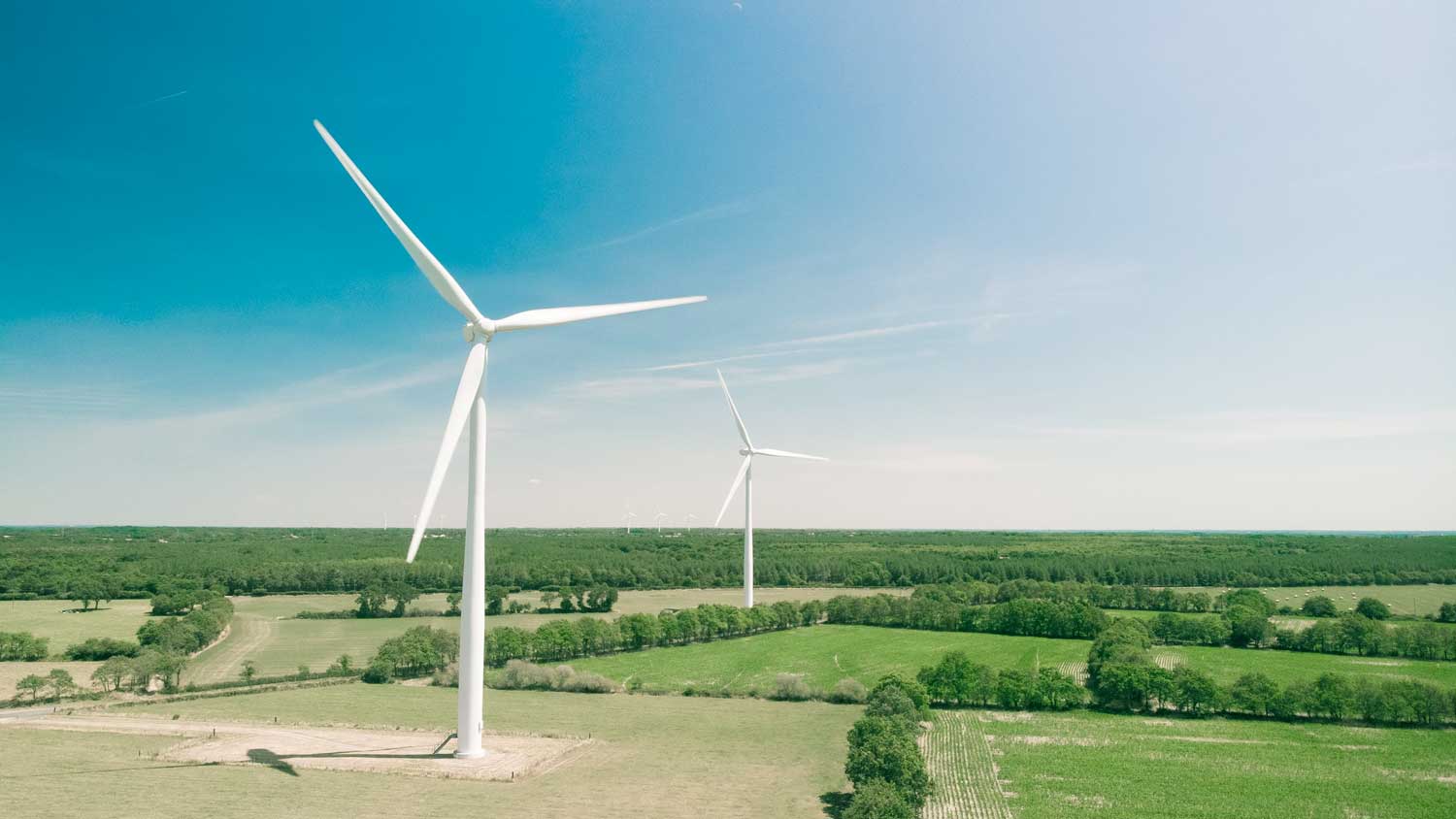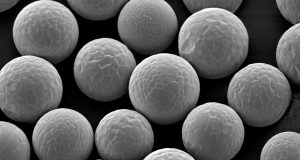Researchers at the University of Maine have been awarded a $75,000 grant to study the recycling of rotor blades as a feedstock for 3D printing.
The grant is part of the U.S. Department of Energy’s (DOD) Wind Turbine Materials Recycling Prize and is intended to contribute to the development of sustainable recycling solutions for the wind energy industry. Led by the Advanced Structures and Composites Center (ASCC) and the WIND REWIND team, the “Blades for Large-Format Additive Manufacturing” project aims to contribute to the establishment of an efficient circular economy in wind energy.
“We are grateful for the Department of Energy’s continued support in our mission to advance wind energy technologies. With thousands of wind blades destined for landfill disposal, this funding allows us to explore the responsible recycling of these products, to reuse and repurpose them as feedstock materials for 3D printing, said Habib Dagher, executive director of the ASCC.
The project proposes a previously underutilized approach to recycle shredded material from wind turbine blades as a cost-effective reinforcement and filler for large format 3D printing. More specifically, short carbon fibers are to be replaced with shredded and ground material from wind blades, achieving complete mechanical recycling. The resulting pellets will eventually serve as a feedstock for extrusion-based large-format 3D printing, utilizing the ASCC’s manufacturing capabilities. The team is now focusing on developing new processes to achieve the necessary adhesive strength of the composite material.
In addition to the sustainability benefits, this project could also benefit the global precast concrete industry. By integrating shredded material from wind turbine blades into the 3D printing process for precast concrete molds, material costs can be significantly reduced while enabling geometric design freedom and automated manufacturing processes.
The project aligns with the UMaine ASCC’s broader environmental goals of reducing the environmental footprint of onshore and offshore wind energy and developing environmentally friendly feedstock for large format 3D printing processes.
Subscribe to our Newsletter
3DPResso is a weekly newsletter that links to the most exciting global stories from the 3D printing and additive manufacturing industry.



























